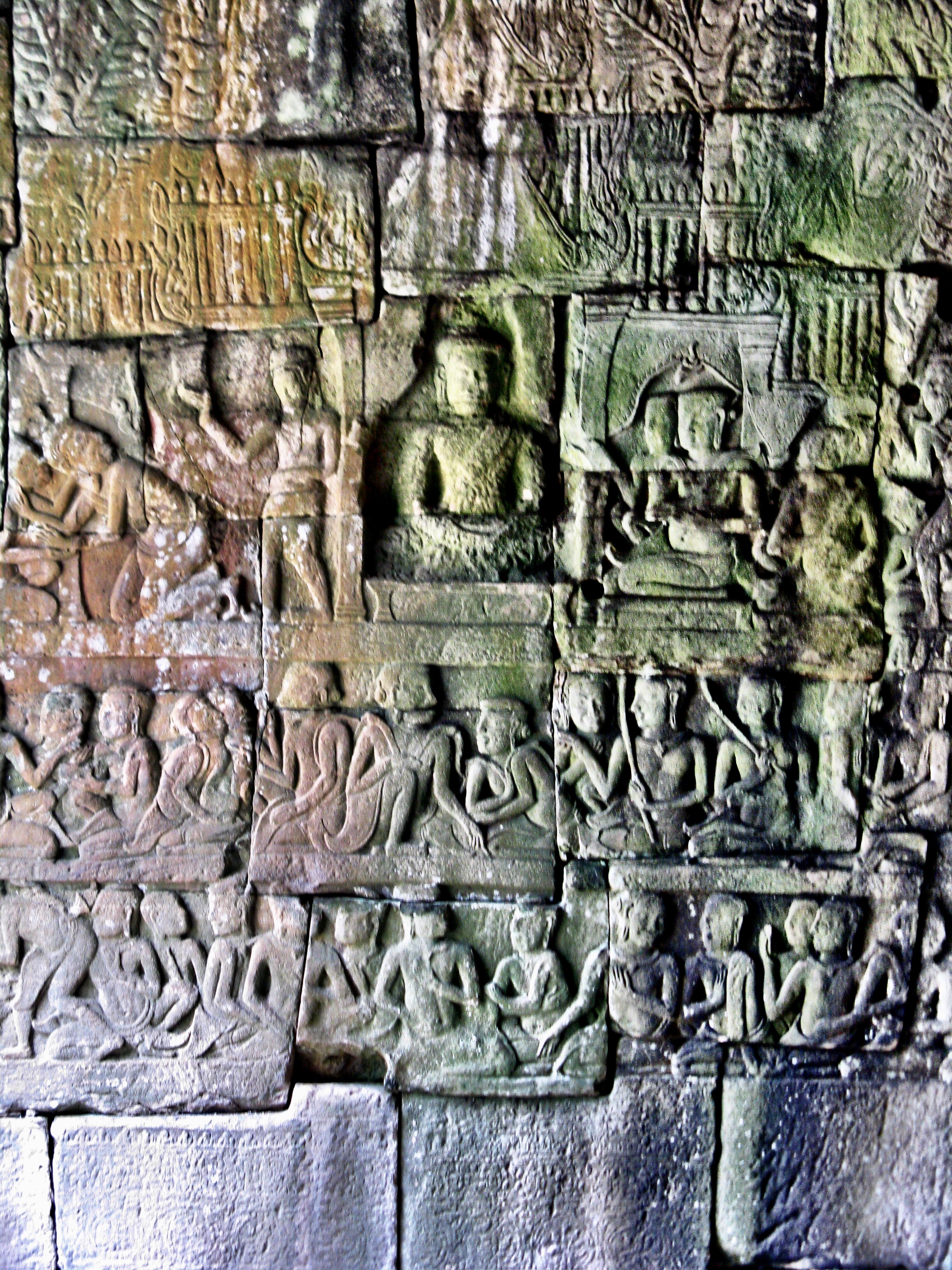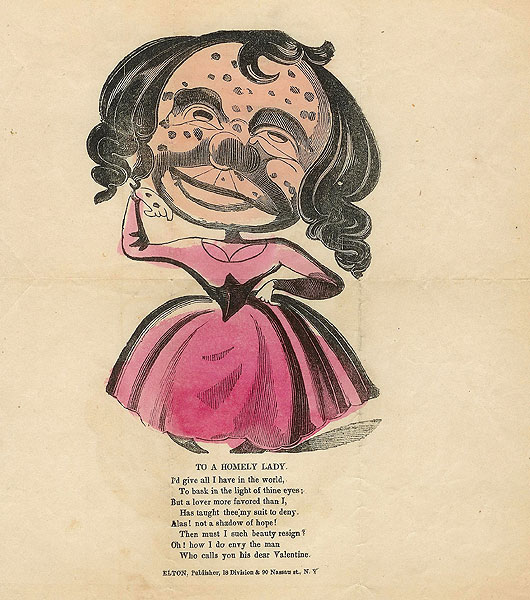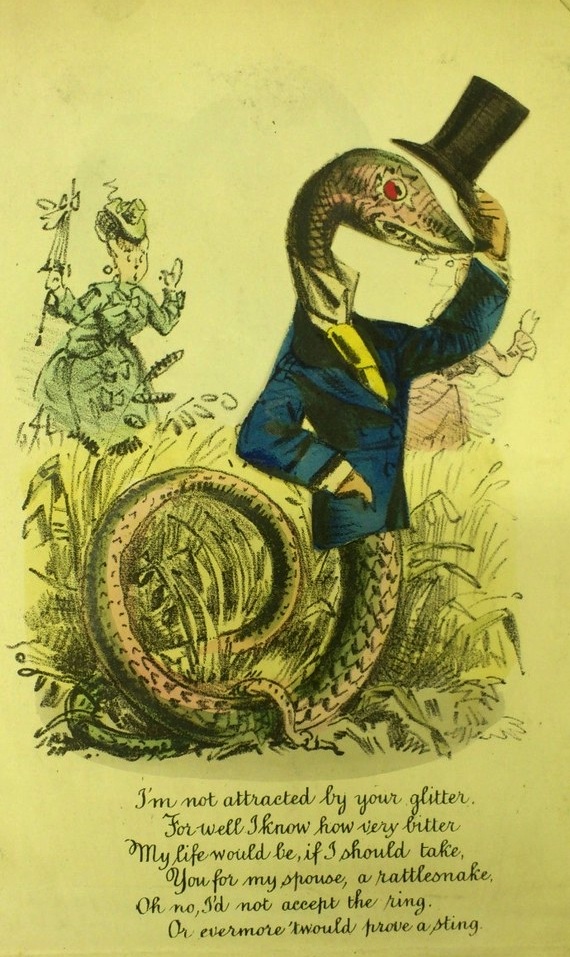Angkor Wat’s rival features serenely smiling giant faces and a battle between gods and demons.
The smiling heads that are found throughout the Bayon Temple complex most likely depict the king — not the Buddha as many assume
Growing up, I was fascinated by ancient cultures. I remember a book series I had from National Geographic on lost civilizations. On the cover of one of them was the image of a mysterious smiling stone face, which I would later discover belonged to the Bayon Temple, located in the Angkor Archeological Park in Cambodia.
I spent a lot of time playing in the fields surrounding my childhood home, pretending one day that I was a calligrapher from the Ming Dynasty and the next that the concrete foundation of an old barn was actually an undiscovered Roman temple. That’s why our visit to the Angkor complex was a dream come true.
“Over 200 large stone faces with almond-shaped eyes and enigmatic smiles are carved into the towers.”
After a quick breakfast at our favorite spot in Siem Reap, Blue Pumpkin, a French patisserie, our group departed for Angkor Thom, the 12th century capital of the Khmer Empire. Indeed, its name means “Great City.”
We arrived shortly after 9 a.m. and were delighted to see that there were not yet many other tourists circulating amongst the ruins.
Duke and Wally were giddy kicking off their exploration of Angkor wandering Bayon, with its intricately carved bas reliefs and giant stone faces
The Battle for the Nectar of Immortality
The bridge approaching Bayon is flanked by a combined total of 108 guardian deities. To the left are 54 giant figures of devas (gods) and on the right asuras (demons) whose faces have an expressive range of emotions. Both rows are holding a naga (serpent) as if they were engaged in a tug of war. Some of the heads on these figures are copies; the original ones have been removed and are at the Angkor Conservancy in Siem Reap.
On one side of the bridge leading into Angkor Thom, demons called asuras use a giant snake to churn out the Nectar of Immortality. Gods do the same on the left. Which side do you think Wally and I liked most?
According to Hindu mythology, the sculptures are a narrative depicting the Churning of the Sea of Milk. At the suggestion of the god Vishnu, the devas and asuras, consummate enemies, worked together for a millennium to churn the ocean by pulling on the body of Vasuki, the king of the serpents, to release amrita. This is defined as “the Nectar of Immortal Life,” which, curiously, is also the Sanskrit term for female ejaculate. That must be the longest session of tantric sex in the history of the world!
When the amrita finally emerged, along with several other treasures, the devas and asuras fought over it. However, Vishnu, in the form of Mohini the Enchantress, managed to lure the asuras into handing over the amrita, which she then distributed to the devas.
Rahu, an asura, disguised himself as a deva and tried to drink some amrita himself, but Surya (the sun god) and Chandra (the moon god) alerted Vishnu to this deception. Vishnu then decapitated Rahu just as he started to swallow the nectar, leaving only his head immortal.
Prasat Bayon
Angkor Thom is encircled by a moat, now dry, that surrounds the fortified city and was said to have been filled with crocodiles to deter potential invaders.
A UNESCO World Heritage site since 1992, Prasat Bayon served as the state temple and stood at the geographical center of King Jayavarman VII’s new capital, Angkor Thom. Built primarily as a Mahayana Buddhist shrine dedicated to Avalokitesvara, the bodhisattva of compassion, some historians believe the faces to be of Jayavarman himself, thus allowing the king to take on the attributes of someone whose capable of reaching enlightenment but delays it to save others from suffering.
The massive gate pavilion topped with large carved faces watches approaching visitors
The Bayon Temple complex was built under the direction of the Mahayana Buddhist ruler Jayavarman VII, who ascended to the Khmer kingdom’s throne at Angkor in 1181 CE. He erected the site for Buddhist worship, although it later was renovated and used as a Hindu temple. Various forms of Hindu and Buddhist worship were practiced side-by-side and successively in the ancient royal courts of Southeast Asia.
Classical Khmer kings promoted the concept of divine kingship that was transferred to the Buddhist kings. Usually the Hindu god chosen for this personal identification was Shiva, but sometimes it was Vishnu, or, for some, a godly image of Buddhist origins. Khmer temples thus often portray the ruling king incarnated as the god, whose shrines are within a monument on Earth that models the design of the cosmos and heavens.
After the death of Jayavarman, some of the features of Bayon were altered according to the religious belief of his successors. The pineapple-shaped towers are an architectural representation of the peaks of Mount Meru, the abode of gods. The complex contains Hindu and Theravada Buddhist elements that were not part of the temple’s original plan.
An intricately detailed bas relief of dancing apsaras, celestial nymphs
The ground level gallery of the complex is full of intricately carved bas reliefs. The absence of a wooden roof above these pillars bathes the reliefs with sunlight. Some of the carvings depict scenes of epic battles between the Khmer and Cham warriors. Others are of everyday life: bookies taking bets at a cockfight, men fishing in Tonlé Sap or monks trying to remove the sarong of a young girl. Scandalous!
Prasat Bayon is the purrfect place for a catnap
Don’t Lose Your Head
Describing a visit to Bayon in 1912, the French novelist Pierre Loti wrote:
“I looked up at all those towers, rising above me, overgrown in the greenery and suddenly shivered with fear as I saw a giant frozen smile looming down at me … and then another smile, over there in another tower … and then three, and then five, and then ten.”
As you climb up to the top level, you reach the central tower and sanctuary, or prasat, which is believed to have once been covered in gold. Over 200 large stone faces of the Avalokitesvara with their almond-shaped eyes and enigmatic smiles are carved into the 54 towers, giving this temple its majestic character.
A couple of officers decided to join our group photo at Bayon in Cambodia
The iconic face towers of Prasat Bayon were distinct among the many Angkor temples and made me feel like being a kid again. It’s no wonder our guide kicked off our tour of Angkor with this stunning ruin. –Duke


































































